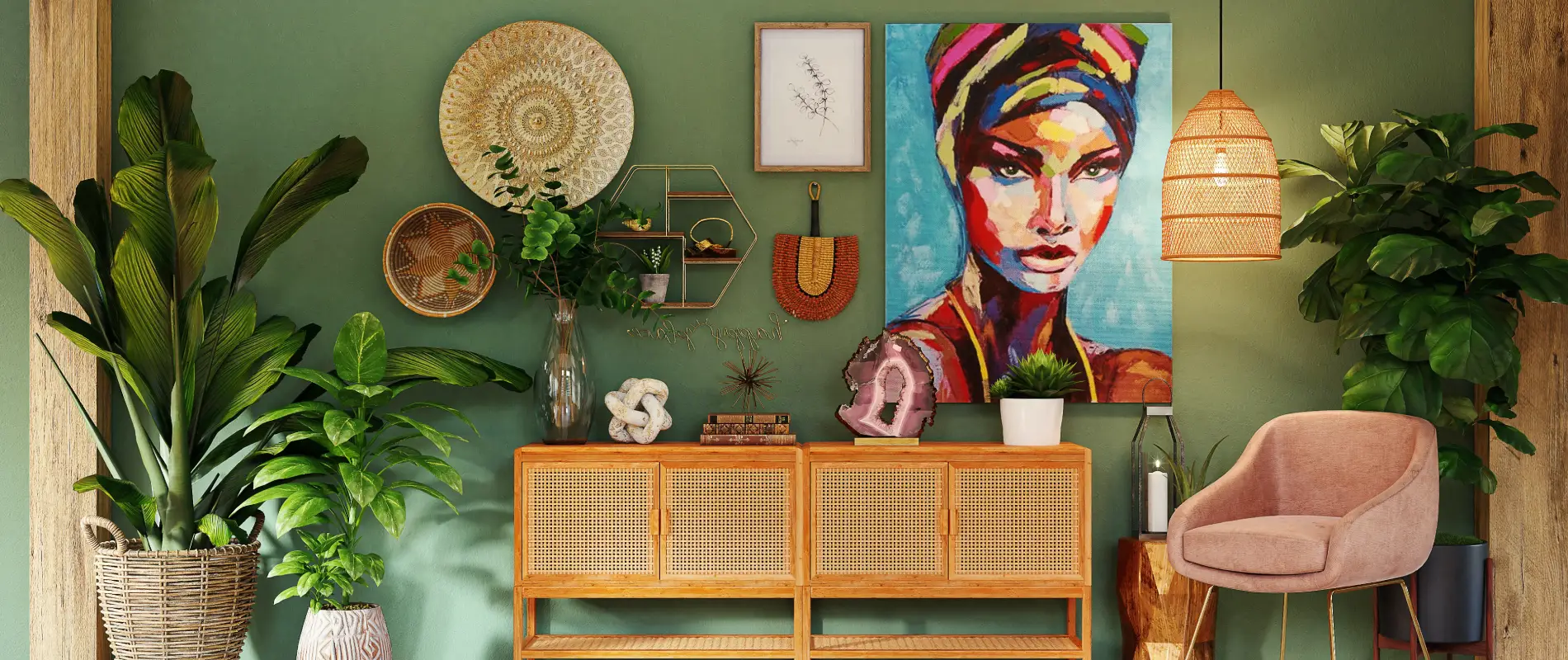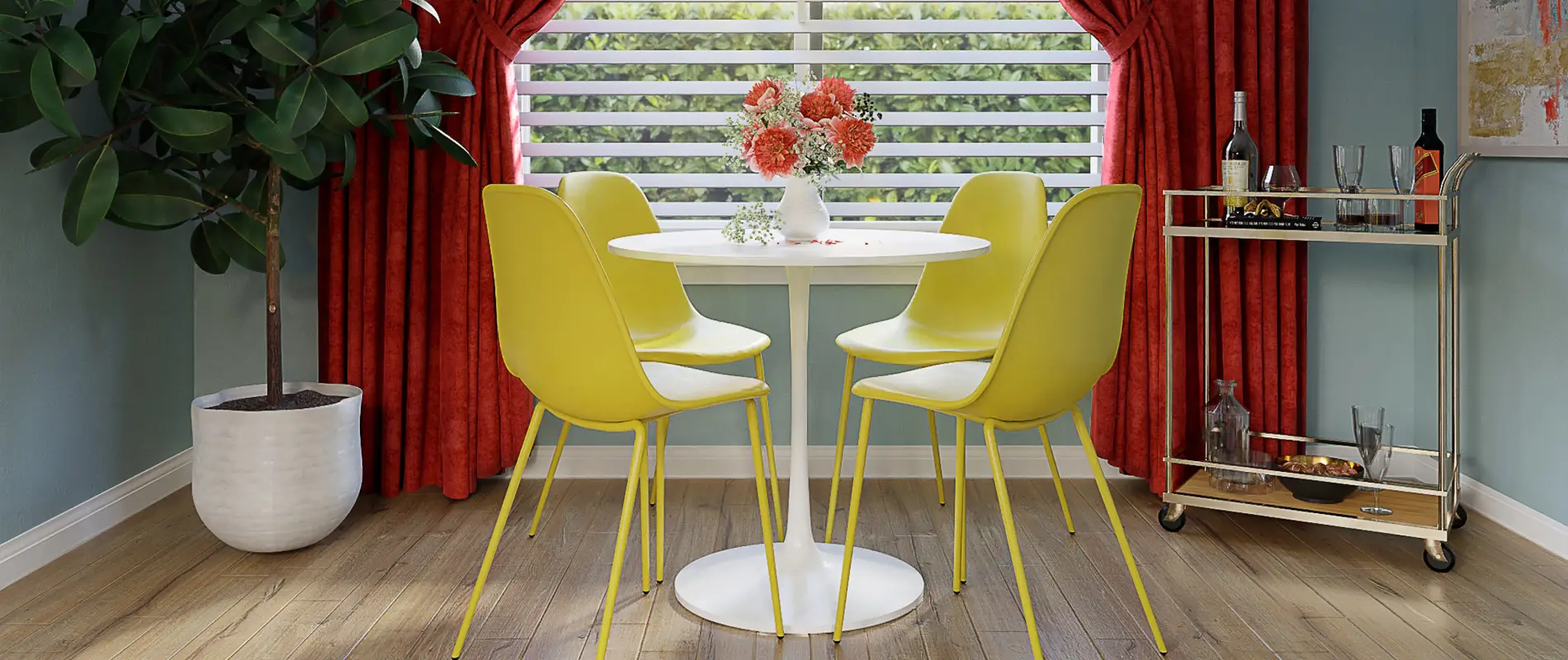© Copyright – Made with MaxiBlocks

WordPress themes: Pure Footer Light PFL-PRO-100
Build WordPress sites with MaxiBlocks. All features free forever. No locked functionality. Optional Cloud Library saves you 10+ hours per project. Start free
Discover the Perfect Footer Block Design for Your WordPress Site!
Are you looking to revamp your WordPress website with a sleek and effective footer block design? You’ve come to the right place! A well-crafted footer enhances the professional look and usability of your site. Let’s delve into how you can make your website footer stand out.
Original Design Overview
Imagine a WordPress website design footer that captivates with a modern and minimalist charm. This two-column layout brings a polished look to your site. The left side is lively with circular buttons and horizontal text links, while the right focuses on crucial contact info, making it both appealing and functional.
Detailed Analysis of Footer Block Design
1. Layout Analysis
- Overall Structure: A multi-column format helps guide users efficiently through essential information.
- Arrangement: With three rows and two columns, it beautifully balances aesthetics and function.
- Asymmetrical Layout Choices: Circular buttons on the left and structured text on the right create a dynamic visual contrast.
2. Element and Feature Description
- Visible Elements:
- Circular Buttons: Featuring “Blog,” “Our Work,” and “About,” with interactive arrows to spur user interaction.
- Text Blocks: Links like “Work,” “Approach,” and “Let’s Talk” enhance website footer navigation.
- Contact Section: Displays email and phone for easy reachability.
- Social Media Icons: LinkedIn and Facebook icons are included for seamless connectivity.
- Legal Text: Neat copyright notices ensure compliance and clarity in your website footer copyright.
The interactive buttons and text links are intuitive, promoting user engagement, while a modern sans-serif typography sets an elegant tone without clutter. Simplicity rules here, with flat-style buttons that keep the focus on functionality.
3. Unique Design Aspects
- Standout Design Choices: Circular buttons partner with rectangular text for a distinctive layout. Arrows in buttons offer clear calls to action.
- Hover Effects or Animations: Although not specified, adding hover effects can significantly enhance your WordPress website design.
- Responsive Design Elements: This footer shines on both desktop and mobile thanks to its responsive elements.
- Accessibility Considerations: Thoughtful organization improves usability and accessibility, making interaction smooth.
4. Overall Design Style
- Design Style: Minimalism rules this website footer design, ensuring function without unnecessary flair.
- Visual Hierarchy: Circular buttons draw the eye first, leading naturally to an organized list of text links.
- White Space: Plenty of space aids clarity and eases the user experience.
To sum it all up, a well-planned footer not only boosts usability but also improves the professional appearance of your WordPress website.
Use Cases for Your Footer Design
A custom website footer is a versatile tool. Let’s explore ten ways to use it innovatively:
1. Branding
Use your website footer space to enhance branding by incorporating your logo, brand colours, and tagline. This gives a consistent brand image on every page and reminds visitors of your identity as they browse.
2. Contact Information
A WordPress footer dedicated to contact information ensures visitors can easily reach out. Include a phone number, email, and address, making it a vital component of your website footer layout.
3. Quick Navigation
Incorporate quick links to important pages. This website footer navigation aids user experience and retention, ensuring they easily find their way around your site.
4. Legal Notices
Don’t forget to add website footer copyright notices, privacy policies, and terms of service to comply with legal requirements. Keeping this information in the footer makes it accessible yet unobtrusive.
5. Social Media Links
Boost engagement with social media icons that lead to your profiles. This enhances connectivity and keeps your audience interacting with your content outside your WordPress website.
6. Newsletter Sign-Up
Encourage visitors to stay in the loop by adding a newsletter subscription link or form in your footer design inspiration. A simple call-to-action prompt can keep communication lines open.
7. Site Map
Provide a miniature site map for better website footer SEO. This helps both users and search engines to navigate your content effectively.
8. Testimonials
Showcase customer testimonials or reviews in your footer design templates to build credibility and trust among new visitors.
9. Latest Blog Posts
Promote your latest blog posts or news updates here. Your site footer can become a direct channel for showcasing fresh content, driving traffic to your WordPress blog.
10. Affiliate Links or Sponsors
Include discreet affiliate links or sponsor acknowledgments in your website footer area, offering a revenue stream while maintaining a clean design.
Ways to Use Footers Effectively
Here are five strategic approaches to leveraging your website footer:
1. SEO Optimization
Optimize your footer for SEO by adding keywords related to your business or industry. This enhances your site’s visibility in search engine results.
2. Brand Story
Tell a brief brand story that connects with your audience on an emotional level. This can be a succinct description of your mission, values, or journey.
3. Encouraging Feedback
Invite feedback through a dedicated link or form in your footer UI design. This presents an opportunity for visitors to share their thoughts or inquiries directly.
4. Promote Events or Sales
If you have upcoming events or sales, your footer widgets can serve as an effective announcement board for these promotions.
5. Encourage App Downloads
Link to your app store or Google Play pages for mobile users. Footers can be a subtle yet effective space to promote app downloads.
FAQs: Maximizing Your Website Footer
What is a footer on a website?
The footer is the section at the bottom of a website. It usually contains information like contact details, links, legal notices, and more.
What is the size of a website footer?
Footers don’t have a fixed size. Their dimensions depend on the website footer elements you choose to include.
How do I add a footer to my website?
You can add a footer using your website’s theme options. Most WordPress websites offer easy customization through the theme settings.
What elements should be included in a website footer?
A good footer combines navigation links, contact info, social icons, and legal text, providing a comprehensive footer examples.
How can I make my website footer responsive?
A responsive footer adapts to different screen sizes. Use flexible design practices or leverage website footer CSS to ensure it looks great on all devices.
What are some best practices for footer design?
Simplicity is key. Prioritize information, maintain ample white space, and ensure footer UI design consistency with your brand aesthetic.
How can I customize my WordPress footer without coding?
Many themes allow customization via the WordPress Customizer. You can still achieve a custom website footer look by adding widgets or using page builder plugins like Elementor alternatives.
Revitalize your WordPress website with a footer that enhances user experience and complements your design perfectionism!


